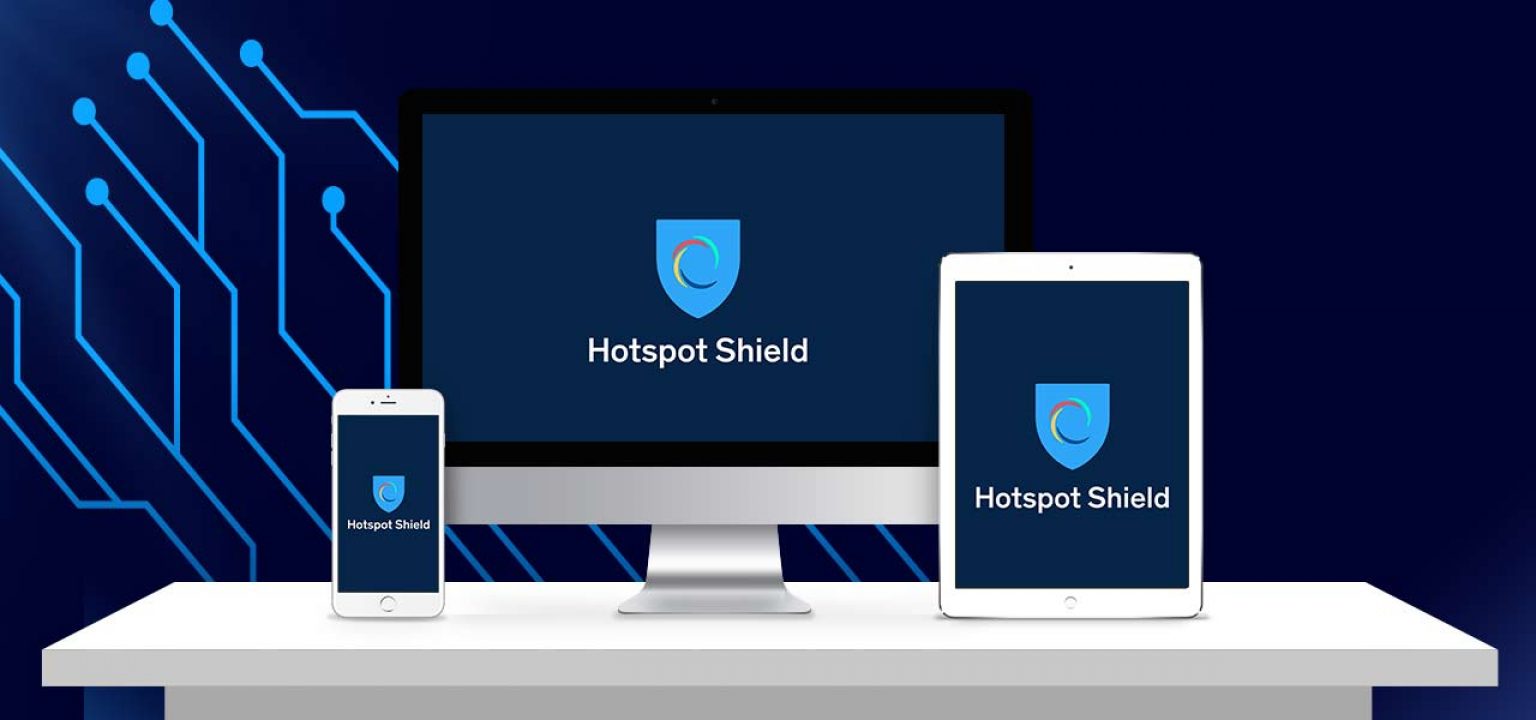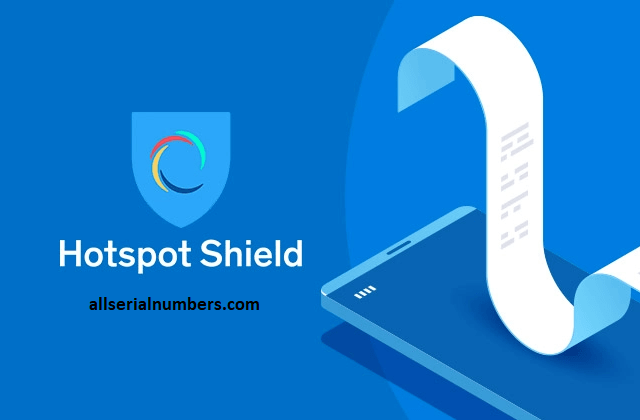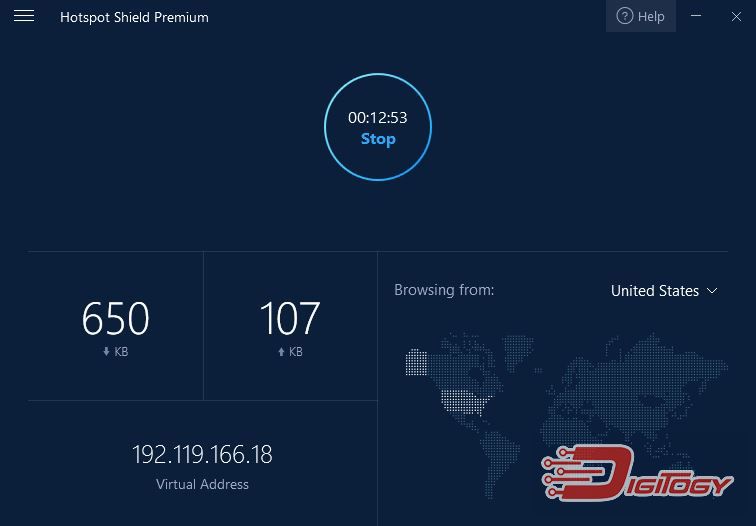


The kill switch isn’t available on Hotspot Shield’s mobile apps. It immediately blocks all internet traffic in such an event. Your sensitive data is protected in case of a sudden VPN connection breakdown, thanks to a kill switch.

Instead, it deploys its own technology, Catapult Hydra, which uses AES-128 encryption, 2048-bit RSA certificates, Transport Layer Security 1.2 (TLS), as well as the Elliptic Curve Diffie-Hellman (EDCHE) for exchanging keys, creating new keys with each session. Hotspot Shield doesn’t feature the usual list of connection protocols utilized by most VPN providers, like OpenVPN or IKEv2. However, browser extensions for Chrome and Firefox are available. Unlike most other VPN services we’ve reviewed, Hotspot Shield doesn’t cover additional devices, like routers, e-readers, smart TVs, game consoles, Fire OS, Linux, Windows Phone, Chromecast or Raspberry Pi. You can only use it with Windows, Mac, iOS and Android devices. The Hotspot Shield apps are very easy to use, but are only compatible with a limited number of platforms. The iOS app boasts the highest server count, which isn’t saying much if you’re a PC user.

That said, this number depends on the platform you’re using. Hotspot Shield provides access to more than 2,500 servers in 25 countries, with virtual locations available in as many as 70 countries. The VPN provider accepts credit cards, PayPal, gift cards, Neosurf, Alipay, Mint and additional options, depending on your location. If you’re less than satisfied with any part of Hotspot Shield’s service, you can ask for a refund, thanks to a generous 45-day money-back guarantee. You do have to sign up for a subscription, but you can cancel it during the first 7 days without being charged. If you would rather test out all the features and perks that the premium version offers before paying, you can do so during a 7-day free trial (opens in new tab).


 0 kommentar(er)
0 kommentar(er)
